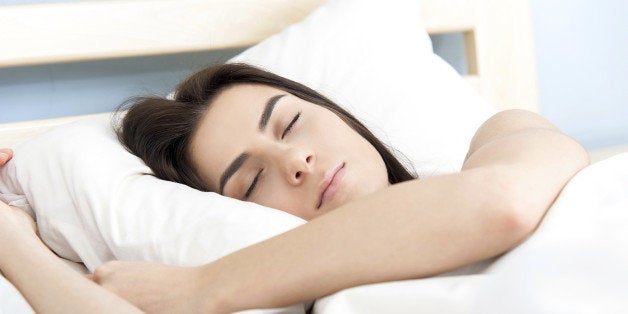
The differences between men and women are not limited to waking life, but extend into their experiences of sleep and dreaming. Numerous studies have shown that women have worse quality of sleep and suffer much more insomnia compared to men. Women tend to remember far more dreams, and also more nightmares, than men.
The pattern that jumps out from this research is that women are more likely to be poor sleepers and active dreamers, while men tend to be better sleepers and minimal dreamers.
New tools for analyzing dream content enable us to measure these gender differences with more precision than previously possible. Using a computerized word search program built into the Sleep and Dream Database (SDDb), an open-access digital archive and search engine, I examined 3,110 women's dreams and 2,135 men's dreams gathered from diverse, high-quality sources. Significant gender differences appeared in several of the categories of dream content.
Compared to the men, the women had more references to fear in their dreams, and more emotions overall. The women used more words relating to family members, friendly social interactions, visual perceptions and colors.
Compared to the women, the men had more references to physical aggression and sexuality. The men used more words relating to transportation, money, work and weapons.
The underlying causes of these gender differences remain unknown. Perhaps there is a neurological explanation in terms of different processes in male and female brains. But researchers are still struggling to understand exactly how the brain influences any particular aspect of dream content. It will probably be a long time before neuroscience can tell us anything specific about gender differences in dreaming.
A more promising source of insight comes from psychological studies showing that dream content accurately reflects people's activities, relationships and concerns in waking life. There seems to be a basic continuity between what matters most to people in the waking world and what they dream about at night.
The notion of waking-dreaming continuity offers a better way of explaining gender differences in dreaming. In this view, women dream more than men do about family characters not because of their female brains or maternal instincts, but because their waking lives typically involve more family-related concerns and experiences. The same may be true about women's higher proportions of fear in their dreams, reflecting their greater vulnerability in present-day society to mental illness, domestic abuse and poverty.
The continuity hypothesis also suggests that men's higher frequencies of dreaming about aggression and sex are reflections of their typically higher degree of waking interest in these topics. This connection may seem obvious to anyone familiar with male-oriented culture (e.g., action movies, professional wrestling, pornography), and that's exactly the point. No need to invoke brains or instincts; people's daily experiences in their social environments are enough to account for the gender differences we observe in dreaming.
The ability to identify continuities like these is good news for dream research, because it adds empirical substance to the idea that dream content meaningfully relates to the personal circumstances of people's waking lives.
However, it may seem like bad news for anyone who hopes to change the destructive dynamics of gender inequality in modern society. The results here might appear to endorse the psychological and social status quo. Boys will be boys and girls will be girls, even in their dreams.
A more careful look at the research literature, however, reveals there is a great deal of variability in dream content at the individual level. Some women have less fear and more work references in their dreams, and some men have more friendliness and less aggressive content. People's dreams change over time as their lives and concerns change, and as the world changes around them.
The gender gap in dreaming does not reflect a permanent division in human nature. It does, however, give an honest portrait of the deep psychological differences in how men and women experience the contemporary world.